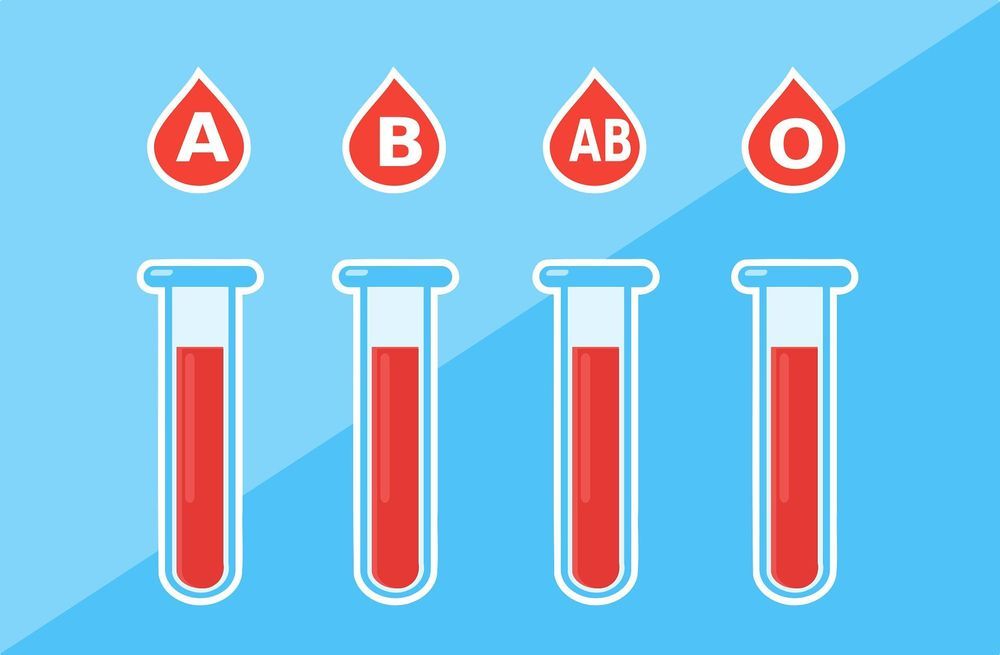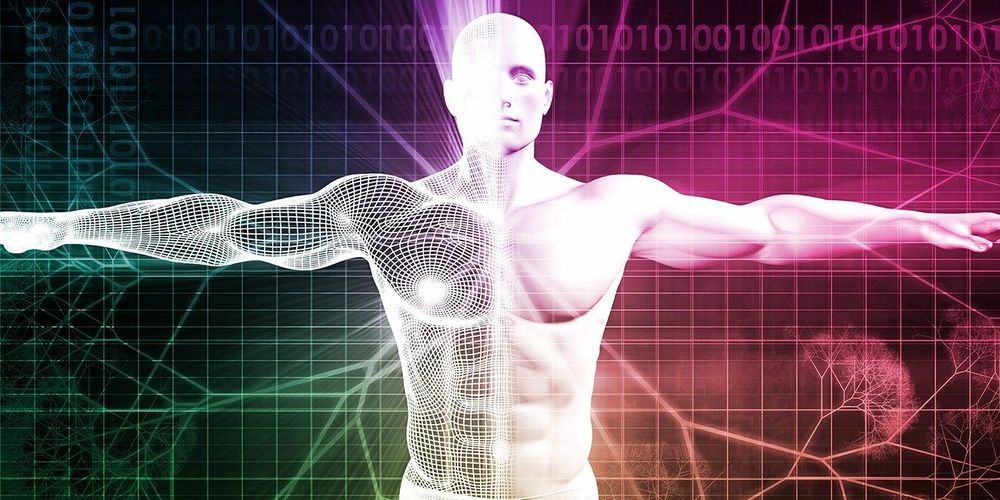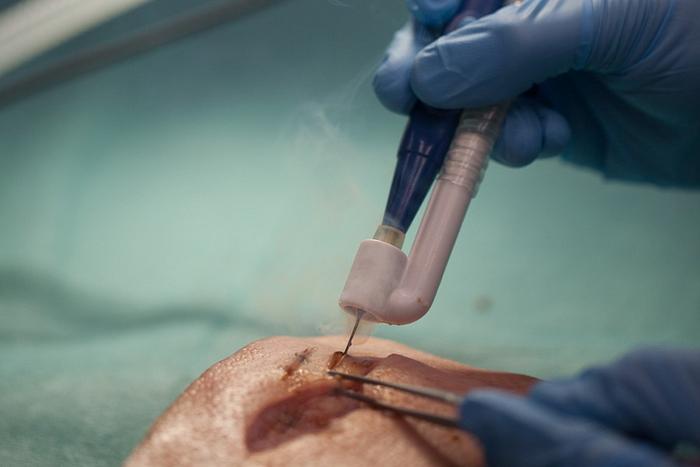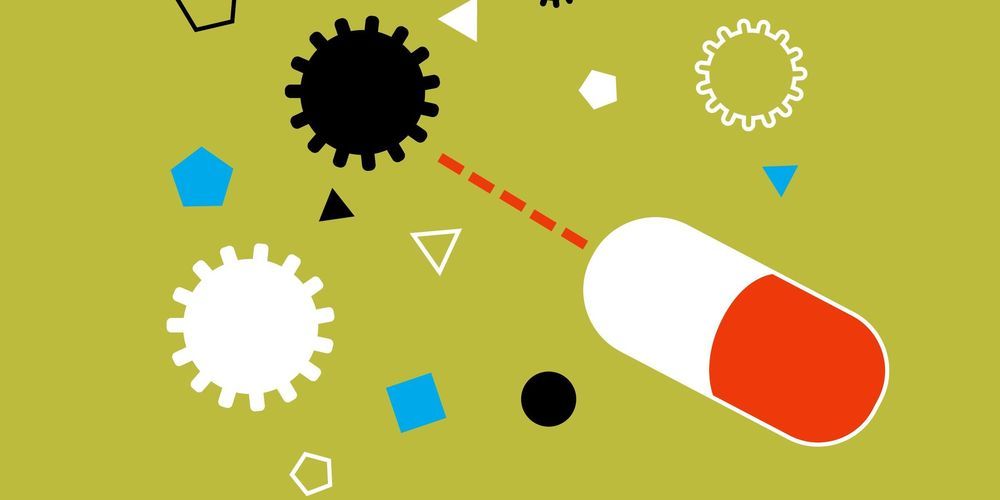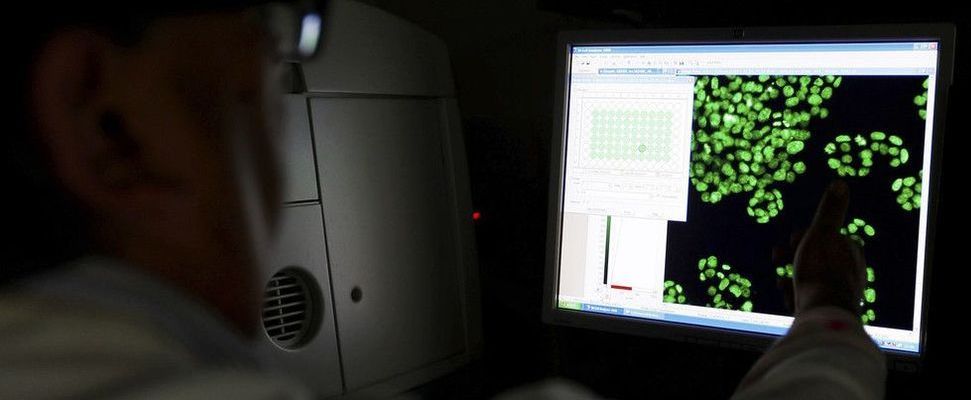A team of researchers at the University of British Columbia has found two types of enzymes that together, can transform type A blood to type O blood in the human gut biome. In their paper published in the journal Nature Microbiology, the group describes their metagenomic study of bacteria in human feces and what they found.
There are four blood types: A, B, AB and O. These types are not compatible for blood transfusions, except for type O, which can be transfused into recipient, making it highly valued. The difference between the blood types is due to sugar molecules known as blood antigens that reside on the surfaces of red blood cells. Those with A-type antigens have A-type blood, those with B-type antigens have B-type blood and those with both antigens have AB-type blood. Type O is different because it does not have any antigens on its surface. An immune response is initiated if blood is found with the wrong type of antigen—since type O red blood cells have none, no immune response is initiated.
Prior research by the team at UBC showed that certain enzymes could be used to convert A, B, or AB to O by removing the antigens. In this new effort, the researchers found that two enzymes working together convert type A blood to O, and that they exist in the human gut biome.
